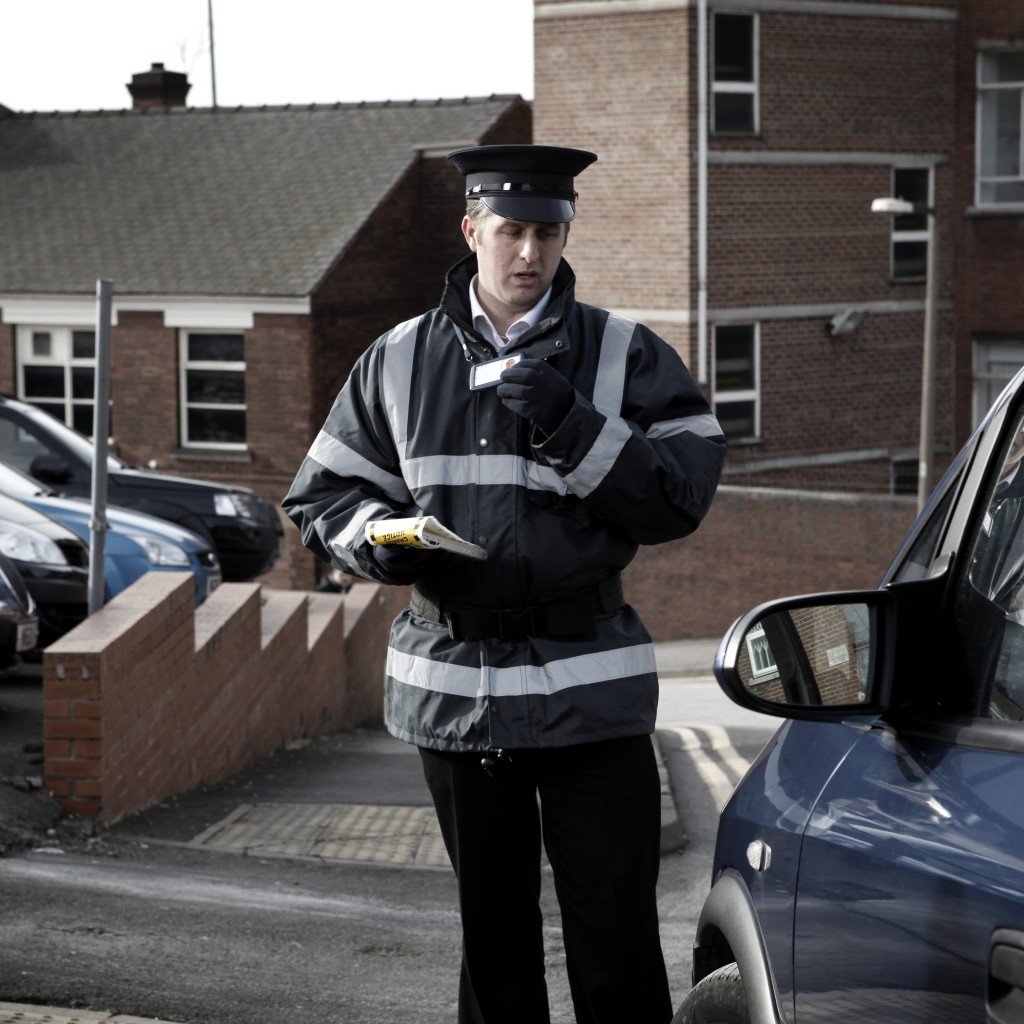 In the first of a series of monthly blogs on lone working, the Suzy Lamplugh Trust looks at how technology can assist policies.
In the first of a series of monthly blogs on lone working, the Suzy Lamplugh Trust looks at how technology can assist policies.
Everyone has the right to work in a healthy and safe environment and that right applies to all members of a workforce, at all times.
This becomes more complex when your staff work in multiple places, have no fixed place of work, or often work alone. However, the fact is, regardless of whether your employee is at the normal office, away from company property or working without supervision, you have a responsibility to mitigate any dangers to them while they are working.
It’s therefore important to consider the different risks that might face an individual who works for you.
Additional risks for lone workers
Particular consideration should be given to those who work alone. Lone workers routinely carry out tasks and activities in isolation, and extra care should be taken to ensure they can work safely despite this.
Each job has unique dangers, and both employers and employees should think about how to reduce and manage these dangers, regardless of how safe day-to-day tasks may seem.
Lone workers have to cope with risks without their colleagues in the immediate vicinity, and often work with members of the public or in little known environments. However, despite these common features, lone working roles are wide ranging and often have little in common. Take a community nurse, a shop manager and a property surveyor as examples. All three of these people may work alone periodically, but their jobs are very different and the support they need as lone workers is therefore likely to be different too.
For this reason, lone worker policies are vital, and cannot be overlooked, simplified or homogenised. It is necessary to consider each job, and assess the risks associated with it, so that you can ensure each member of staff is equipped with the tools and knowledge they need to stay safe.
Personal safety policies
A thorough and accessible lone worker policy that all staff are aware of is therefore paramount to the personal safety of employees. This policy should clearly explain what dangers staff are most likely to face; what responsibilities the employer and employee have in a hazardous situation; and what measures are in place to make staff safer. It should be accessible to everyone who works for the company, and take all relevant working environments into consideration.
As part of this, it’s important to figure out what safety procedures are right for your workplaces and staff. While these may differ from company to company, all systems should help to produce rapid responses to issues, allowing staff to communicate with each other, trace colleagues who are out of the office, and remain aware at all times.
Lone worker devices
One kind of tool that is often used to facilitate quick responses to problems is a lone worker device. Through an alarm receiving centre these devices aim to alert other members of staff, or the police, if an employee faces a hazard they are unable to cope with alone. They act as a safeguard, and play a useful part of an overall personal safety strategy.
There are many different lone worker devices available, and unlike the clunky radio devices of the past, these pieces of technology are very clever. Devices commonly include location sensors, check-in timers, and ‘man down’ tilt recognition, as well as many other functions. The challenge, however, lies in choosing the right device for your employee’s needs.
An informed decision
When you’re choosing a lone worker device, you should think about why you want to invest in one, who will use it, and how it will make them safer. Some devices are better suited to public facing lone workers, while others will be more helpful for those who have physical roles. Your lone worker policy should inform your decision. Ultimately, it’s important to use your knowledge to select a device that can serve your needs.
The Suzy Lamplugh Trust’s Lone Worker Devices Directory could be a good place to start your search. We’re also pleased to discuss the different devices available, and provide advice regarding implementing a lone worker policy within your organisation.
Please do remember: Lone Worker Devices are one way to keep staff safe, but need to be used in combination with others to be fully effecive. The best way to keep staff safe is through clear instructions and robust policies.
Through creating and prioritising a culture of personal safety, you can ensure that all staff are given not only technology, but also thorough training which assures competence and confidence.
The Safety Conversation Podcast: Listen now!
The Safety Conversation with SHP (previously the Safety and Health Podcast) aims to bring you the latest news, insights and legislation updates in the form of interviews, discussions and panel debates from leading figures within the profession.
Find us on Apple Podcasts, Spotify and Google Podcasts, subscribe and join the conversation today!


